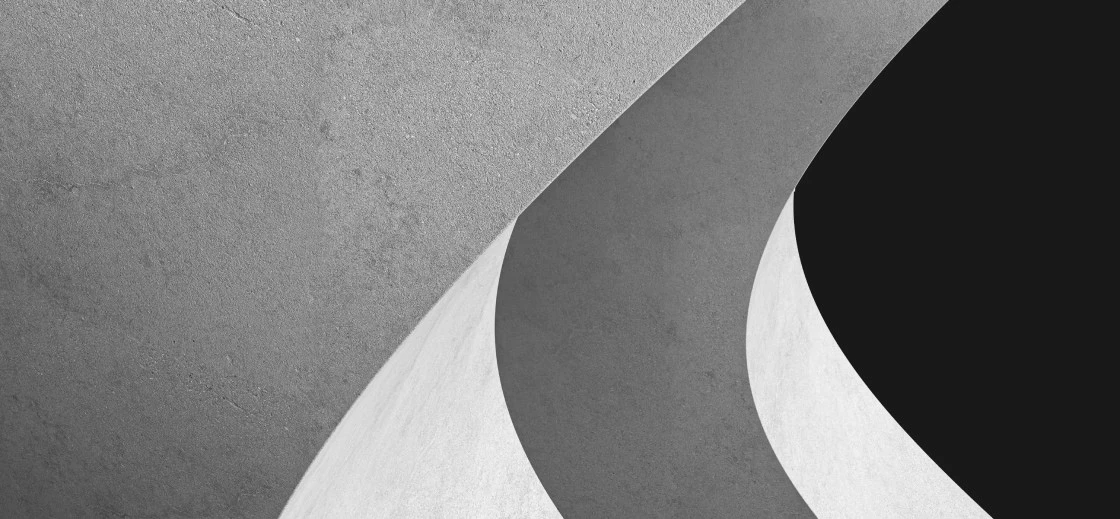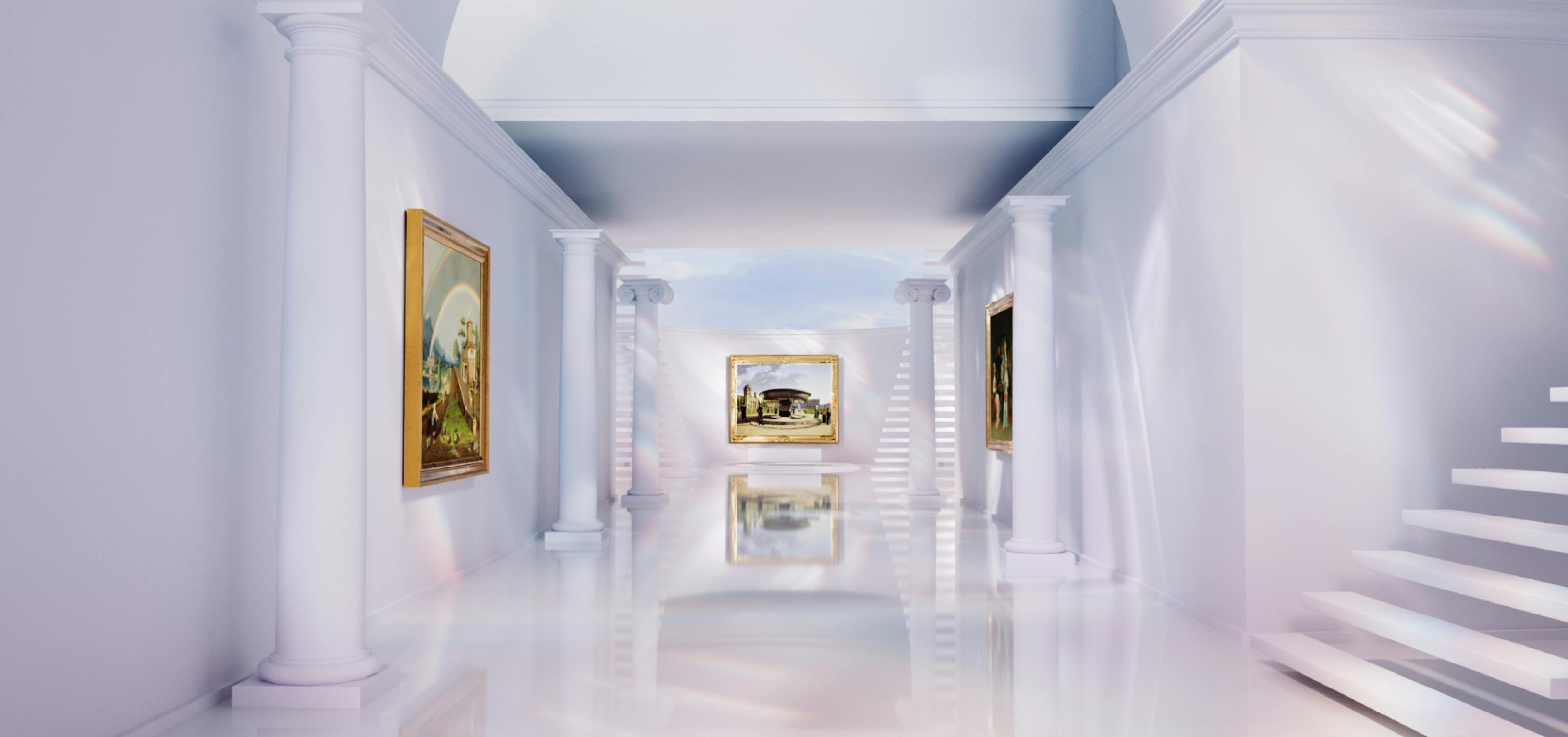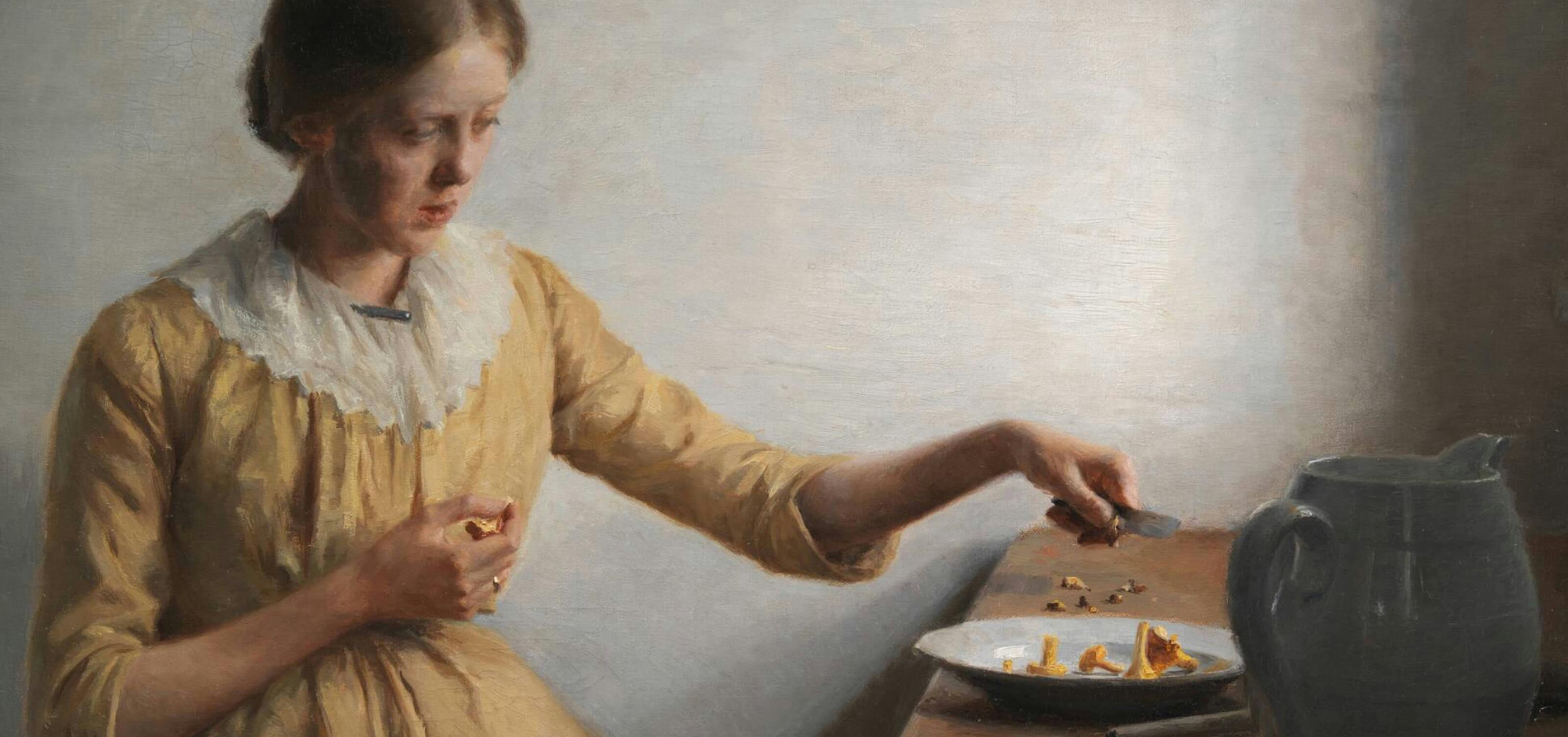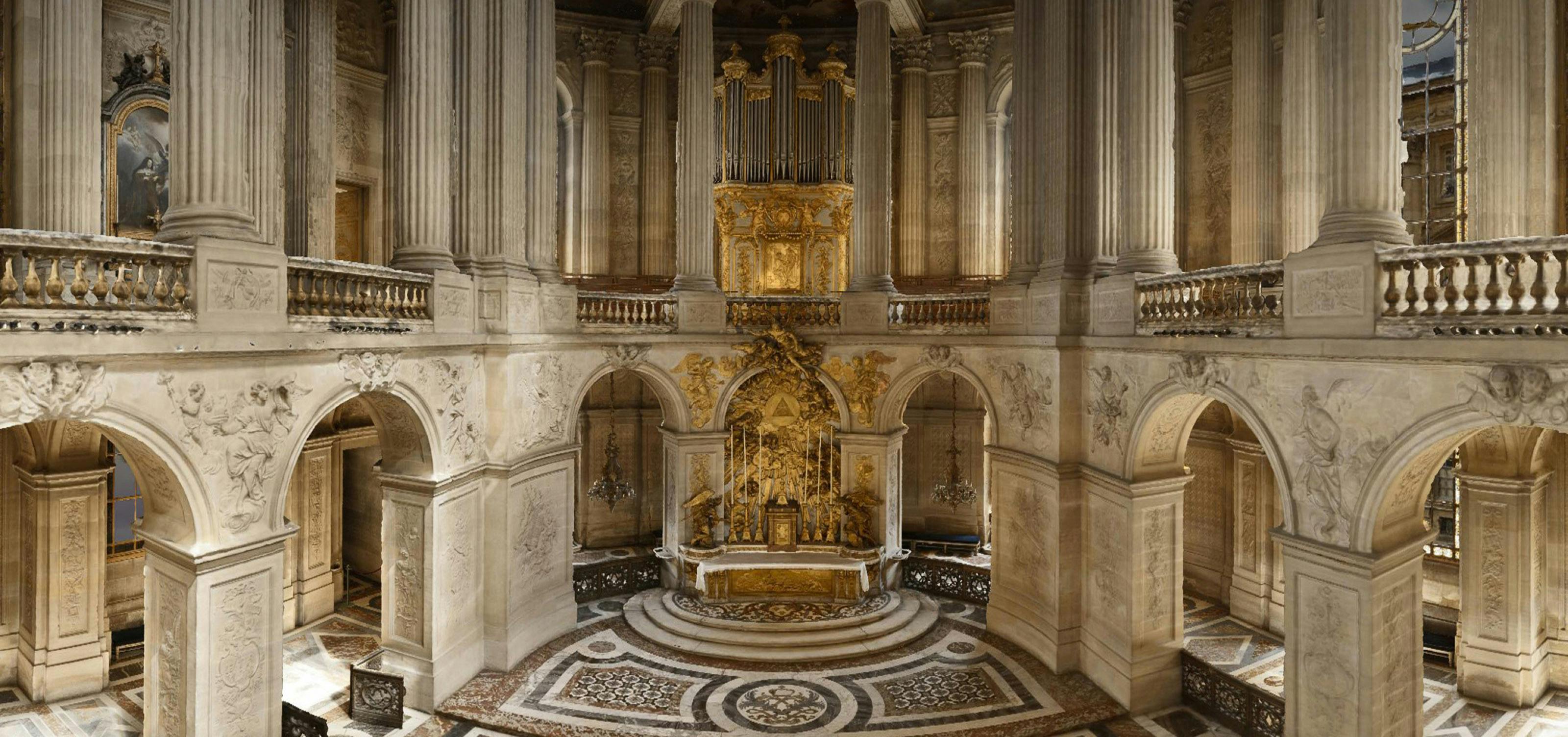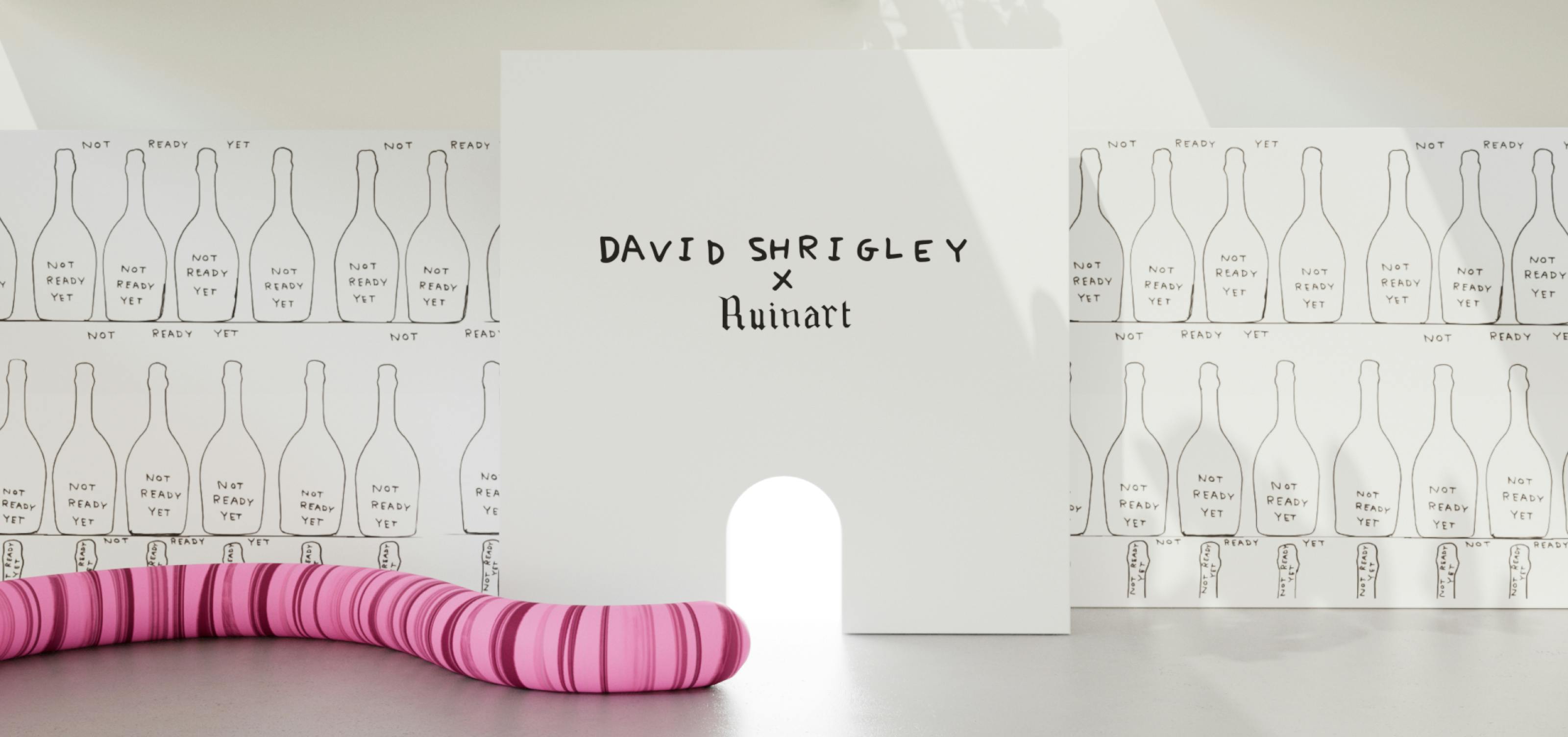
UNESCO Virtual Museum of Stolen Cultural Objects
A Museum for What Cannot Be Seen
- Design
- Real-Time 3D
- VR / XR / MR
- Virtual Worlds
- Immersive Experiences
- AI
Every year, cultural objects are stolen, trafficked, and erased from the communities they belong to. With little to no imagery left behind, these treasures risk being forgotten forever. UNESCO’s challenge was clear yet unprecedented: how do you build a museum without objects? Together with Pritzker Architecture Prize-winner Francis Kéré, we transformed absence into presence — creating the world’s first Museum of Stolen Cultural Objects, a virtual institution where AI and technology restore memory, identity, and justice for a digital-first generation.
The Paradox: A Museum Without Objects
The challenge was profound: how do you exhibit what doesn’t exist? Many artifacts had poor quality images, only fragments, or nothing at all. Yet UNESCO needed a museum that would honor them, engage audiences worldwide, and serve as a symbol of restitution.
Designing a Digital Institution
Working with architect Francis Kéré, we built a vast, evolving virtual museum. A place to display, explore, reflect, and remember the objects that have been stolen; entirely online, yet rooted in humanity, cultural identity and justice the museum is about access and education.
For Francis Kéré the museum is about creating dreams and giving and the heart of the experience is the Baobab tree, a symbol of endurance and cultural grounding.
The museum unfolds upward and outward. Echoing the iconic spiraling form of the Guggenheim, the virtual architecture creates a sense of continuous movement and discovery. Built in real-time 3D, the environment maintains the gravitas of a physical institution while existing entirely in the digital realm, proving that architecture can live beyond walls, and scale beyond geography.
Rebuilding the Irreplaceable
Through AI and 3D reconstruction, objects were digitally re-created, returning what theft and time had taken away. Each sculpture, each fragment, rebuilt as faithfully as possible, with technology helping us bring each object back to life. Click here for a deep dive on the process.
The VR experience makes the invisible truly present. It's that moment when you feel that the object is right there, creating a powerful moment of realisation for the user.
Accessible to All, Everywhere
Powered by our own WebGL engine NanoGL, the museum is free to explore on desktop, mobile, tablet, and immersive VR headsets — opening its doors to audiences across the globe.
The Restitution Room
An important part of the creative journey was the evolution of the Return and Restitution Room: a space for dialogue, justice, and remembrance. More than an exhibition, it’s a sanctuary where memory breathes and stolen culture finds its voice again. Each successful repatriation is celebrated, a bronze cauldron, a Cycladic figurine, an ancient vase, every object comes alive through its journey, from creation to theft, and finally, to its homecoming.
Global Recognition
Supported by over 25 UNESCO member states, the project has already gained international attention, with strong interest from global museum leaders. The official launch at Mondiacult 2025 will cement it as a landmark in digital heritage.
Why It Matters
This project isn’t just about visualising what’s been lost, it redefines what a cultural institution can be in the digital age. It proves that technology, when guided by ethics and imagination, can restore visibility, spark understanding, and mobilise real-world action. For UNESCO, it is a tool of global education and restitution.
For makemepulse, it is a statement of intent: A living demonstration that creativity combined with technology has the power to shape collective memory, challenge perception, and build meaningful spaces for conversation and learning, experiences made not just for today’s audiences, but for future generations.
References
-
Forbes
-
Little Black Book
-
Ads of brands
-
Dans ta pub
Reach out & talk
to us




















